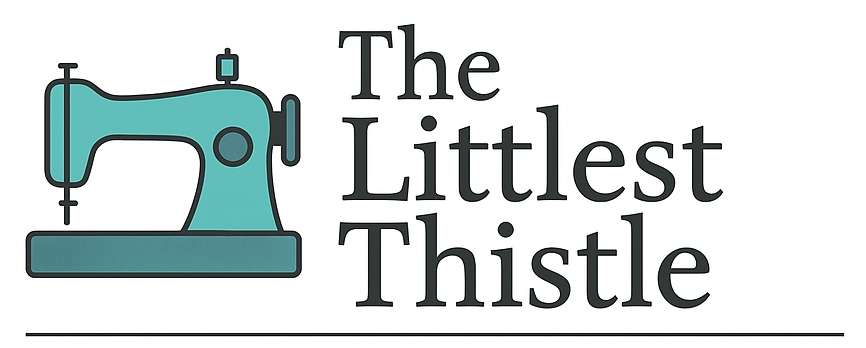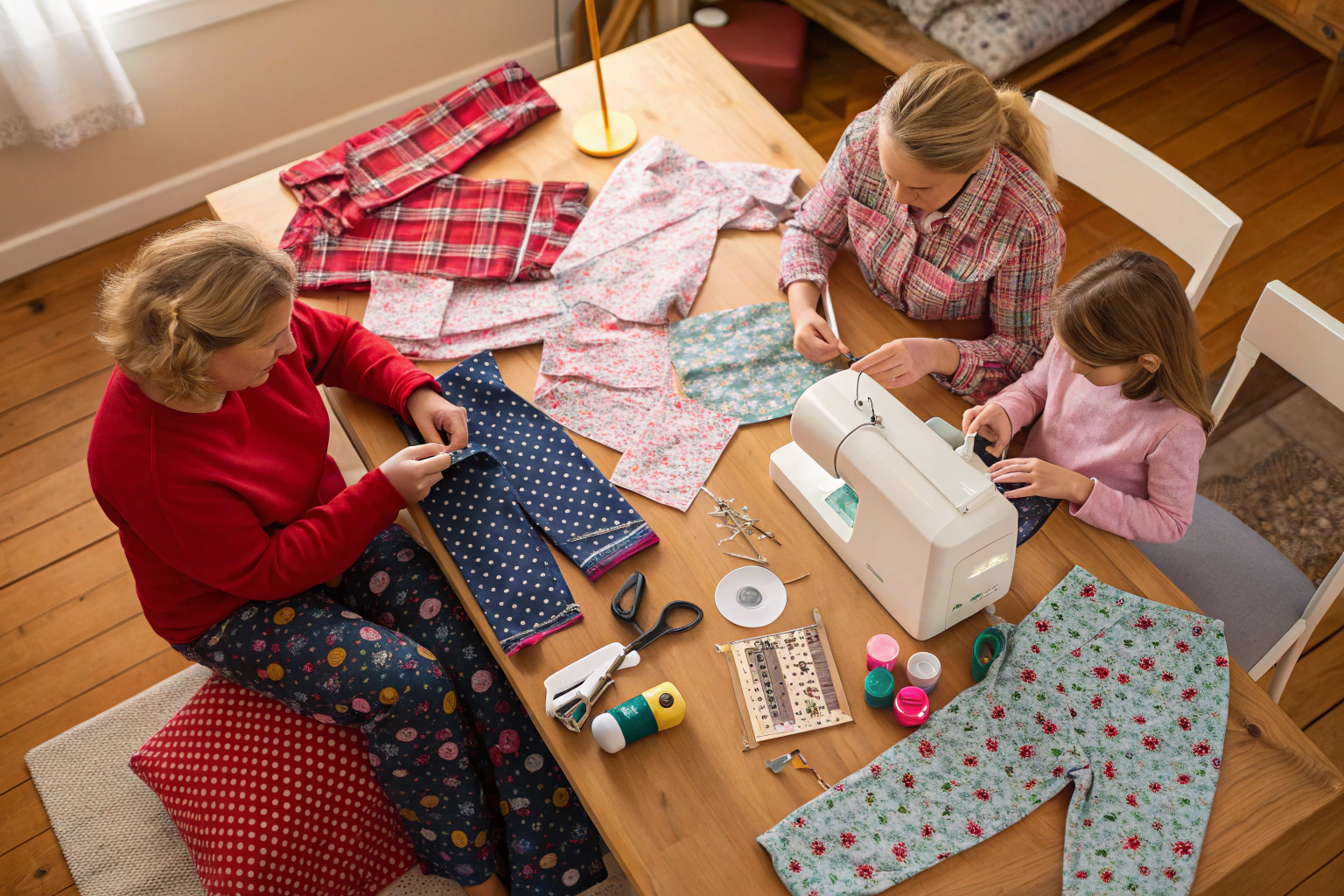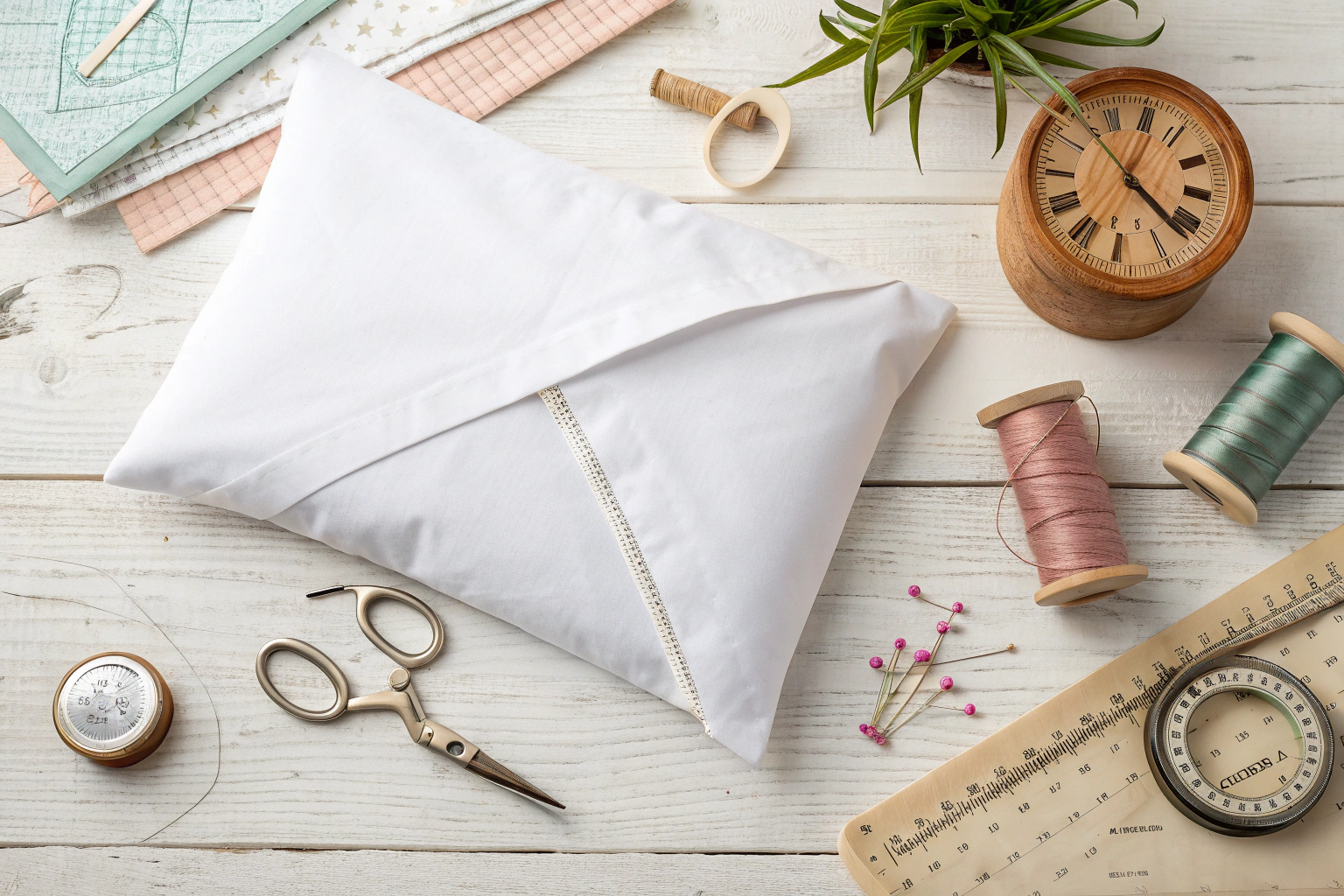Why Hemming Your Own Jeans Makes Sense
As someone who has altered thousands of jeans professionally, hemming is a valuable skill that customizes your garments for a perfect fit. Whether altering jeans bought off the rack or resizing old favorites, achieving a tailor-made fit is empowering.
- Preserving the original hem for an authentic look.
- Creating a new hem when necessary or desired.
- Hemming by hand if a sewing machine isn’t available.
Tools You’ll Need for Hemming Jeans
Having the right tools ensures precision and ease. Here’s a list of essential and optional tools I’ve trusted in my career:
- Sewing Machine: A must-have for machine hemming.
- Fabric Scissors: Essential for clean cuts; I recommend Fiskars.
- Measuring Tape: Precision tool for measuring the perfect length.
- Pins and Chalk/Fabric Marker: For marking lengths and keeping fabric in position.
- Iron: Recommended to press seams for a professional look.
How to Hem Jeans With Original Hem
Preserving the factory finish is my most-requested technique. Here’s how to master it:
- Measure and mark the desired length with chalk.
- Fold the original hem up to the chalk line and pin in place.
- Sew as close to the original hem as possible using a sewing machine.
- Press the seam with an iron to finish.
| Method | Pros | Cons | Best For |
|---|---|---|---|
| Original Hem | Preserves authentic look | Requires precision | Standard straight jeans |
| New Hem | Creative freedom | Visible seam | Wide leg or distressed jeans |
Measuring Correctly for the Perfect Length
Proper measurement ensures a tailored look. Use a measuring tape and mark the desired hem allowance. Different styles like skinny or bootcut may require unique approaches.
- Wear the shoes you’ll pair with the jeans.
- Measure from the crotch to the desired length.
- Add an allowance for shrinkage if washed.
Machine Sewing the Original Hem
For professional results, specific settings are crucial. Use a topstitching needle and straight stitch. Handle thick seams carefully to avoid needle breakage. A walking foot can also be beneficial.
- Tip: Adjust stitch length appropriately.
How to Hem Jeans By Creating a New Hem
When a new hem is necessary, forgoing the original hem is the way to go. Here’s how:
- Mark the cut line using chalk.
- Cut the fabric with scissors.
- Fold and pin for a clean finish.
- Sew the seam using a sewing machine.
Matching Thread Color and Stitch Style
Choosing the right thread and stitch style makes all the difference. Use polyester threads for durability. My professional trick includes testing different colors on a scrap piece of denim.
- Brands: Gutermann or Coats & Clark
How to Hem Jeans By Hand (No Sewing Machine Needed)
For those without a machine, or if in an emergency, hand hemming is a reliable technique:
- Mark the desired length with chalk.
- Fold and pin the fabric.
- Use a backstitch for durability.
Hemming Different Jean Styles
Each jean style poses its challenges, but I adapt with ease. Skinny jeans require a narrow hem, while wide leg or bootcut may benefit from overlock finishing.
| Style | Technique |
|---|---|
| Skinny | Narrow hem, minimal fabric |
| Bootcut | Overlock for strength |
Frequently Asked Questions
How do you properly hem jeans?
Proper hemming involves accurate measuring and using the right tools. You can either preserve the original hem for a more authentic look or create a new hem, depending on your preference and the style of the jeans.
How to hem jeans and keep the original hem?
To keep the original hem, fold the existing hem upward on the inside of the leg and stitch around it. This method maintains the original factory-finished edge while adjusting the length.
What tools do I need for hemming jeans?
You’ll need a sewing machine (or needle and thread for hand sewing), fabric scissors, measuring tape, pins, chalk or a fabric marker, and an iron to press the hem for a clean finish.
How can I shorten my jeans at home?
To shorten jeans at home, start by measuring the desired length, marking the fabric, and then cutting and hemming accordingly. You can choose to retain the original hem or create a new one based on your desired look.
What are common mistakes to avoid when hemming jeans?
Common mistakes include cutting before carefully measuring, using dull scissors that fray the fabric, and skipping the pressing step, which can result in an uneven or sloppy hem.
Conclusion
Hemming your jeans can elevate their fit from ordinary to bespoke. With these techniques, you’ll create perfectly tailored pieces, making your jeans shopping experience uniquely satisfying.
If you’re working with heavily soiled denim, consider prewashing before hemming to prevent shrinkage after the repair. Learn why this step is essential: Turn Prewash Into the Essential Laundry Step You Never Skip.
For a durable hem, proper thread tension is crucial. A loose stitch will unravel in the wash. Check your machine settings with our detailed guide: Thread Tension Guide.
If you’re new to sewing, start with the basics. Here’s how to set up your machine correctly for any repair project: Set Up Sewing Machine.
Hemming jeans often requires matching thread and fabric. Understanding how much material you need helps plan repairs efficiently. Find out: How Big Is a Yard of Fabric?
Once your jeans are perfectly hemmed, keep them looking fresh. Discover gentle care techniques for all types of denim: How to Get Blood Out of Jeans.
Need to fix more than just the length? If buttons or patches are involved, see our complete guides: Sew Button on Pants and How to Sew on a Patch.





